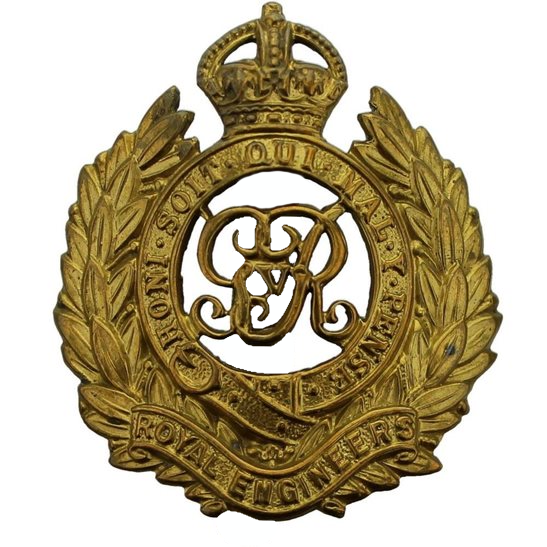Personal Details
Born: 26 August 1889 in Stoke Poges, Buckinghamshire.
Family: He was the youngest of three children born to George Phillips, a head gardener, and his wife Annie. He married Emily Eaton in Whitchurch, Shropshire in 1930; we cannot be certain of any children born to their marriage.
Residence: In 1891 he lived in Sefton Park, Stoke Poges, Buckinghamshire; by 1901 the family had moved to Sundorne Castle, Uffington, Atcham, Shropshire. In 1911 he was boarding at 31 Worthington Street, Whitchurch. The 1919 Absent Voters’ Register show him living at 9 Talbot Street, Whitchurch. In 1939 he was living at 22 Warwick Avenue, Crosby, Lancashire which was his address at the time of his death.
Employment: He was a railway clerk in 1911 and 1939.
Died: 18 July 1949 in Crosby, Lancashire, aged 59.
Military Details
Regiment: Royal Engineers
Rank: Pioneer
Service Number: 340912
Date of Enlistment: Not known
Date of Discharge: Not known
Reason for Discharge: Not known
Wilfred was awarded the Campaign Medals (British War Medal, and Victory Medal)

The British War Medal (also known as 'Squeak') was a silver or bronze medal awarded to officers and men of the British and Imperial Forces who either entered a theatre of war or entered service overseas between 5th August 1914 and 11th November 1918 inclusive. This was later extended to services in Russia, Siberia and some other areas in 1919 and 1920. Approximately 6.5 million British War Medals were issued. Approximately 6.4 million of these were the silver versions of this medal. Around 110,000 of a bronze version were issued mainly to Chinese, Maltese and Indian Labour Corps. The front (obv or obverse) of the medal depicts the head of George V. The recipient's service number, rank, name and unit was impressed on the rim.
The Allied Victory Medal (also known as 'Wilfred') was issued by each of the allies. It was decided that each of the allies should each issue their own bronze victory medal with a similar design, similar equivalent wording and identical ribbon. The British medal was designed by W. McMillan. The front depicts a winged classical figure representing victory. Approximately 5.7 million victory medals were issued. Interestingly, eligibility for this medal was more restrictive and not everyone who received the British War Medal ('Squeak') also received the Victory Medal ('Wilfred'). However, in general, all recipients of 'Wilfred' also received 'Squeak' and all recipients of The 1914 Star or The 1914/1915 Star (also known as 'Pip') also received both 'Squeak' and 'Wilfred'. The recipient's service number, rank, name and unit was impressed on the rim.

